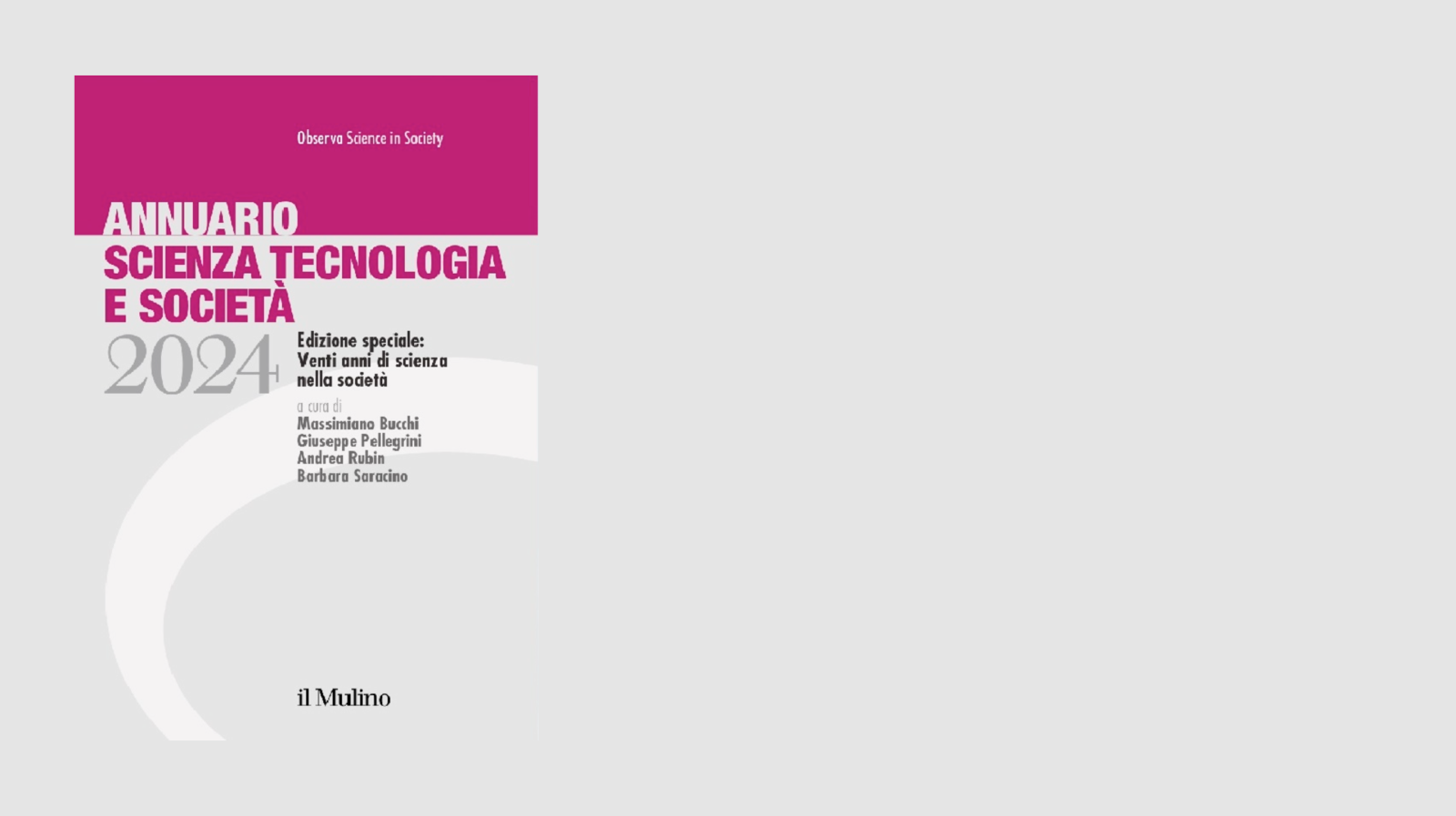The july 2012 issue of the Journal of American Medical Association goes further into the key topic of the potential risks following administration of H1N1 vaccine by publishing two studies on this subject. The first is an assessment of the fetal safety of vaccination against influenza A(H1N1) in pregnancy, conducted by a team of researchers from the Statens Serum Institut, in Copenhagen. They estimated prevalence odds ratios of adverse fetal outcomes, comparing infants exposed and unexposed to an adjuvanted influenza A(H1N1) vaccine during pregnancy, finding no significantly increased risk of major birth defects, preterm birth, or fetal growth restriction.
The second study came from a group of Canadian institutions, including the Quebec National Public Health Institute and the Quebec Ministry of Health and Social Services. Its aim was to assess the risk of Guillain-Barré syndrome (GBS) – a peripheral neuropathy with acute onset – following pandemic influenza vaccine administration in Quebec, in 2009. In 1976-1977, an unusually high rate of GBS was identified in the United States following the administration of inactivated “swine” influenza A(H1N1) vaccines. Also, few studies suggested a role of influenza infection in the etiology of GBS. The Canadian researchers found a small but significant risk of GBS (2 cases potentially attributable to vaccination per million doses) and found no indication of excess risk among those younger than 50 years. Such a risk, according to the authors, is unlikely to outweigh the effectiveness of immunization in preventing infections and complications.
An editorial on the same issue draws together the threads of such an argument: “these studies partially assuage concerns about safety of adjuvanted pandemic influenza vaccines during pregnancy”, wrote Mark Steinhoff, from Cincinnati Children's Hospital Medical Center, and Noni MacDonald, from Dalhousie University in Nova Scotia. However, “future studies with improved statistical designs including prospective follow-up studies using virological end points with adjustments for selection, seasonality, and other biases are needed to confirm these data.”

